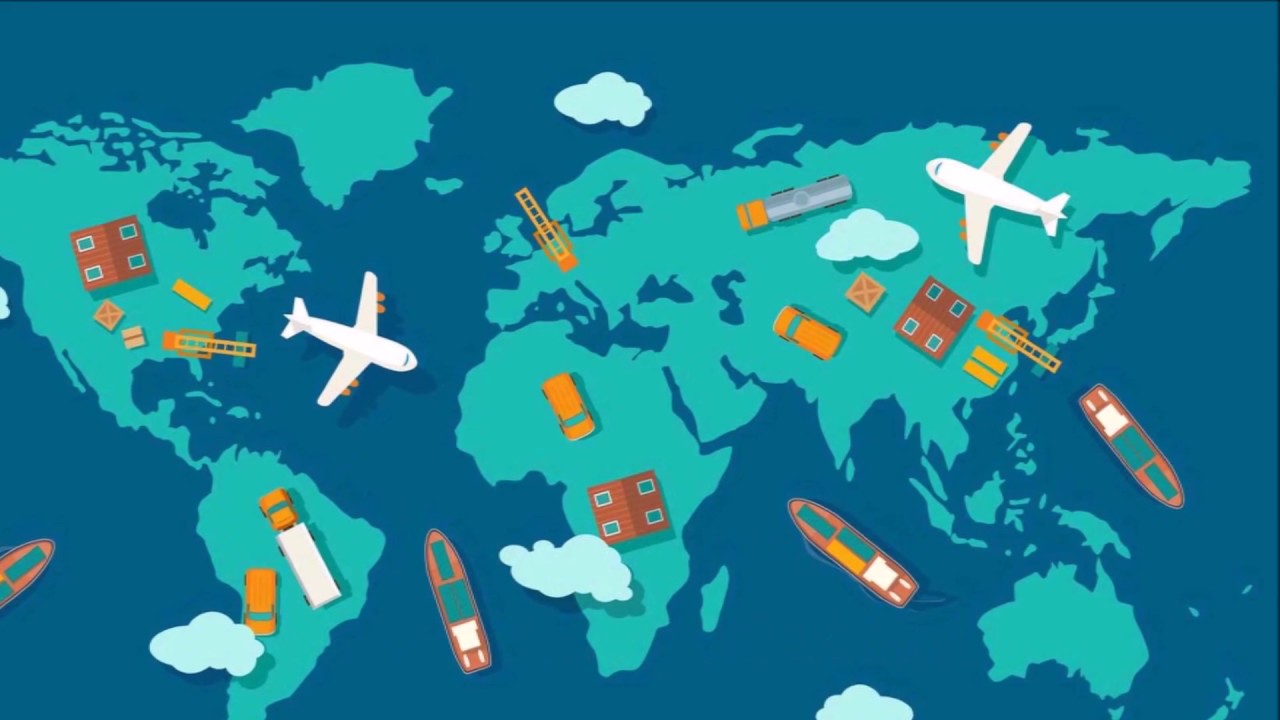Entering new territories represents both tremendous opportunity and complex challenge. While expanding into fresh markets can unlock growth, missteps in execution can drain resources and damage reputations. Successful geographic expansion requires equal parts strategic analysis and cultural intelligence—a balance many companies struggle to achieve.
Michael Shvartsman, an investor with experience guiding international market entries, observes: “Geographic growth isn’t about replicating what worked at home. It’s about rediscovering your business in a new context. The companies that thrive abroad are those willing to adapt while staying true to their core value proposition.”
The Localization Imperative.
Consumer preferences, purchasing behaviors, and competitive landscapes vary dramatically across regions. Products that succeed in one market may require significant rethinking elsewhere.
Michael Shvartsman notes: “I’ve seen American retailers fail in Asia by insisting on warehouse-sized stores, and European food brands struggle in America by refusing to adjust portion sizes. Geographic expansion demands humility—the willingness to learn new rules rather than impose old ones.”
Key localization considerations include:
- Regulatory environments that may require product modifications
- Distribution channels that dominate in specific regions
- Cultural nuances affecting branding and messaging
- Payment preferences varying by market maturity
The First-Mover Myth.
Being first to a new market offers less advantage than many assume. Later entrants often benefit from observing pioneers’ mistakes while avoiding the costs of educating the market.
“Timing matters more than being first,” Michael Shvartsman explains. “Enter when infrastructure and consumer readiness align with your offering. We’ve had greater success being fifth into a prepared market than first into an unready one.”
The Talent Bridge.
Local teams provide irreplaceable market knowledge and relationships. However, balancing local autonomy with corporate standards presents an ongoing challenge.
Michael Shvartsman shares: “Our most successful expansions all had local leaders who understood both the market and our company culture. They became translators—adapting our model without compromising our principles.”
Effective approaches include:
- Hiring locally for market-facing roles
- Creating mixed leadership teams during transition periods
- Establishing clear decision-rights frameworks

The Financial Architecture.
Currency fluctuations, tax structures, and capital requirements differ across borders, requiring tailored financial strategies.
“I’ve watched promising expansions derailed by financial tunnel vision,” says Michael Shvartsman. “Companies that treat new markets as financial clones of home often stumble. Each territory needs its own economic model.”
Key financial adaptations include:
- Localized pricing strategies
- Market-specific working capital needs
- Compliance with regional accounting practices
The Technology Enabler.
Modern digital tools allow companies to test new markets with reduced risk through:
- E-commerce platforms assessing demand
- Data analytics identifying micro-markets
- Remote collaboration maintaining oversight
“Technology lets us validate markets before heavy investment,” Michael Shvartsman notes. “We can now prove concepts digitally before committing physically—reversing the traditional expansion model.”
The Strategic Sequencing.
Successful geographic growth follows logical adjacency—moving to culturally or economically similar markets first, then expanding outward.
Michael Shvartsman’s approach: “We look for concentric circles of opportunity—markets that share characteristics with our successful territories. Each expansion then builds on previous learning rather than starting from scratch.”
The Long-Game Perspective.
Market penetration takes time. Companies expecting immediate home-market performance often pull out prematurely.
“Sustainable expansion requires patience,” Michael Shvartsman emphasizes. “We measure new markets on three-to-five-year horizons, not quarterly comparisons. Lasting success comes from committed cultivation, not quick harvesting.”
For businesses considering geographic expansion, the path forward combines bold vision with careful execution. As Michael Shvartsman concludes: “The world’s most exciting growth opportunities lie across borders, but only for those willing to cross them with open eyes and adaptable strategies.”
The companies that will thrive in global markets are those that approach expansion as students rather than teachers, ready to learn new rules while bringing their unique value to fresh audiences. Done well, geographic growth doesn’t just extend a business’s reach—it transforms its potential.





